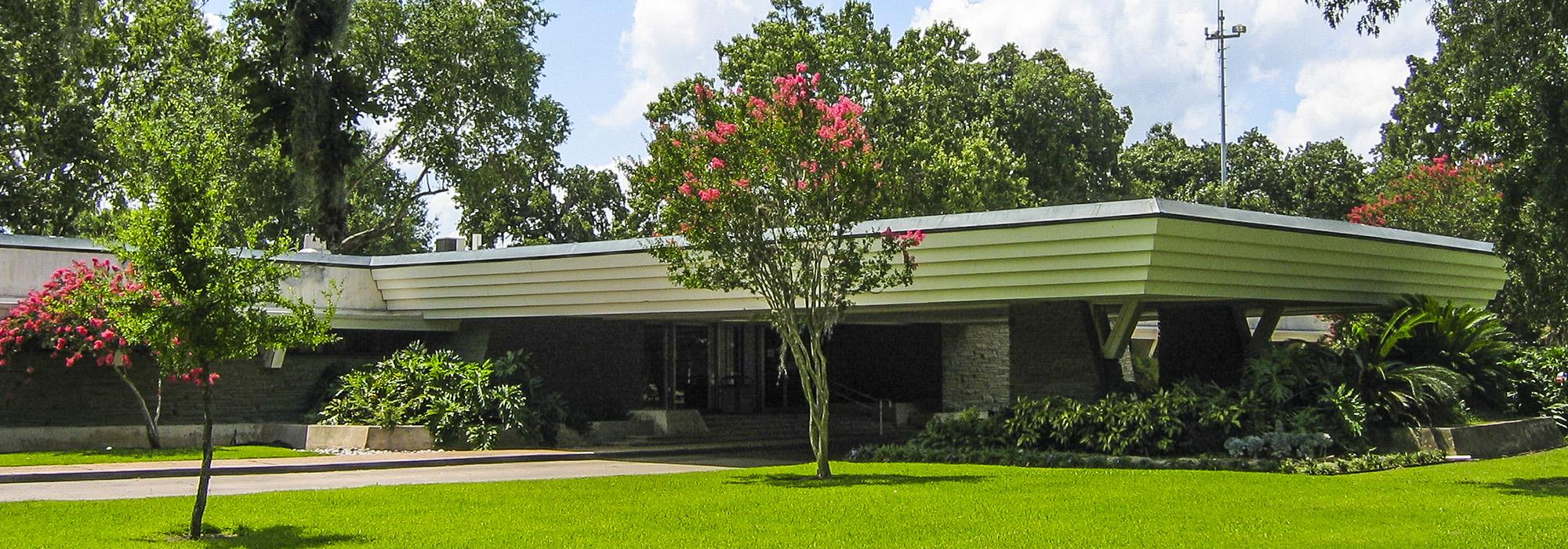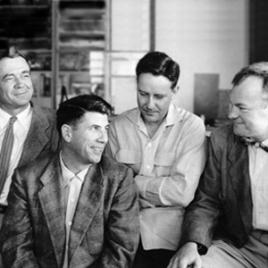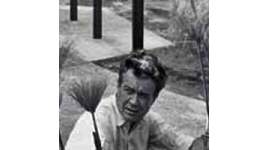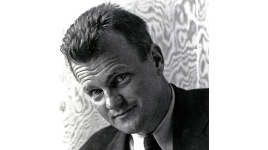Pioneer Information
In 1939 landscape architects Garrett Eckbo and his brother-in-law Edward Williams formed a partnership that was joined by landscape architect Robert Royston in 1945, becoming Eckbo, Royston & Williams. The firm operated from offices in Los Angeles and San Francisco, its early work consisting largely of Modernist style gardens and community planning. As the firm gained recognition, it received larger commissions, including suburban parks, such as Mitchell Park in Palo Alto, and planned communities, such as the Wonderland Park subdivision in Los Angeles. The firm proved to be an early testing ground for Eckbo’s theories on landscape design, as illustrated in his landmark publication Landscape for Living (1950). Using newly developed architectural materials, the firm created abstract outdoor spaces reflective of modern art and progressive ideals, such as the Aluminum Company of America's Forecast Garden (ACLOA) designed by Eckbo in the Los Angeles office in 1956. It was also during his time that Royston developed the concept of the landscape matrix, in which interconnected systems of parks, plazas, and parkways could be used to shape rapidly forming suburbs. An early application of this concept is evident in the plan for the Ladera housing cooperative Ladera, along the San Francisco Bay (1946). Other signifigant landscapes attributed to the firm include the Dwinelle Plaza at the University of California, Berkley, and Gragg Park in Houston, Texas. Landscape architect Francis Dean joined Eckbo at the Los Angeles office in 1953. The firm dissolved and became Eckbo, Dean and Williams in 1958 following the amicable departure of Robert Royston. With the addition of Don Austin in 1964, the firm reformed as Eckbo, Dean, Austin and Williams (EDAW), while Royston created the San Francisco-based firm Royston, Hanamoto and Mayes.













